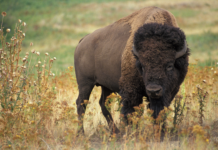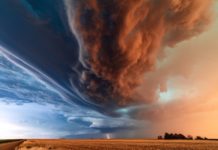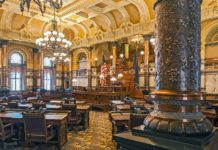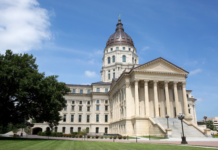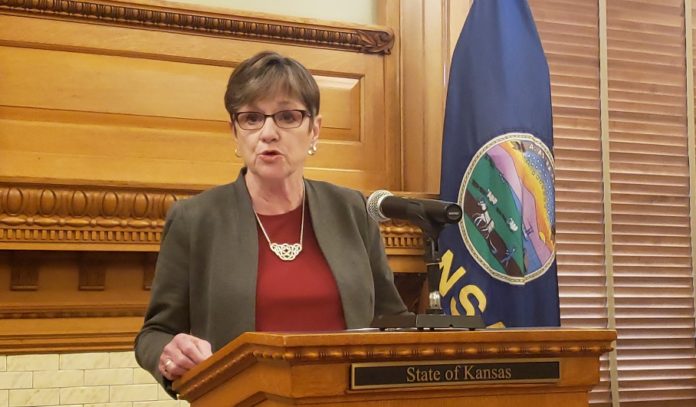Gov. Laura Kelly said Wednesday that her administration believes the original emergency management law applies now that a replacement law has been struck down – at least for now – as unconstitutional.
“We’re not thinking about one for anything COVID related, but we have to leave the options open for things like floods, wildfires, tornados,” Kelly said.
Since COVID first swept into Kansas last spring, the Legislature has rewritten the state’s emergency management law a couple times to limit the governor’s powers in an emergency.
The Legislature passed a new law this year restricting the governor’s powers to an extent, but gave broad latitude to Kansans to go to court to challenge health orders issued by state and local governments as well as school districts.
A Johnson County district judge has declared the law unconstitutional partly because of limits it places on the judiciary to settle a challenge to a health order, including issuing a ruling within seven days or granting a judgment in favor for the plaintiff.
The judge refused to delay his order this week, raising questions in court over what kind of emergency management law the state would operate under if the existing law was unconstitutional.
While many are bracing for the possibility the governor might issue a new emergency related to COVID, the law covers much more including disasters related domestic animals, plants, raw agricultural commodities, animal feed or processed food.
Under the previous order, the governor could issue an emergency declaration for no more than 15 days unless approved by the Legislature or the State Finance Council, whose members include Kelly and leading legislators.
However, under that law, a disaster emergency may be extended just once for a specified period not to exceed 30 days, a point that was hotly debated last year when the governor declared a second extension past the original 30 days.
The old law, some argue, would set 45 days as the limit for responding to an emergency of any nature.
The law struck down by the judge allowed for multiple emergency extensions to be approved by the Legislative Coordinating Council, which only includes legislative leadership and not the governor.
The old emergency management law does not address how local governments and school districts should operate, giving them the latitude to impose new health protocols if they choose to respond to the COVID emergency.
The governor said Wednesday that her administration is focused on getting Kansans vaccinated not imposing a new emergency declaration.
“We are really not focused on that at all,” the governor said. “We are so focused on getting vaccines into the arms of people.
“We don’t want to spend a lot of energy thinking about that or diluting our resources in ways that will distract from getting shots in arms,” she said.
Meanwhile, Kelly announced that executive branch employees would be required to wear masks if they can’t socially distance starting Monday at 12:01 a.m.
The mask requirement applies to all executive branch employee in counties where there is a high community spread of the virus – more than 80 counties concentrated mostly on the eastern side of the state.
Also, anyone entering state buildings would be required to wear a mask.
The rules and protocols for the Capitol will be the same as state buildings except for the spaces the Legislature controls such as committee rooms.
The governor’s directive comes the day after the Centers for Disease Control and Prevention issued new guidance advising everyone to wear a mask indoors in area with high levels of community spread.
“I want Kansans who wore masks and got their vaccines to know I share your frustration,” Kelly said. “No one likes wearing a mask, myself included.
“I am deeply appreciative of your willingness to protect your friends and neighbors through this pandemic,” she said.
“And I take no pleasure in asking you to put a mask on again.”
Currently, about 48% of Kansans have been vaccinated so far and 42% have at least received one dose of the vaccine.
State Health Secretary Lee Norman said Wednesday that the state has seen about 2,000 new cases in the last two days, the biggest increase in a while.
“I think on balance,” Norman said, “the trajectory is going the wrong direction.”


